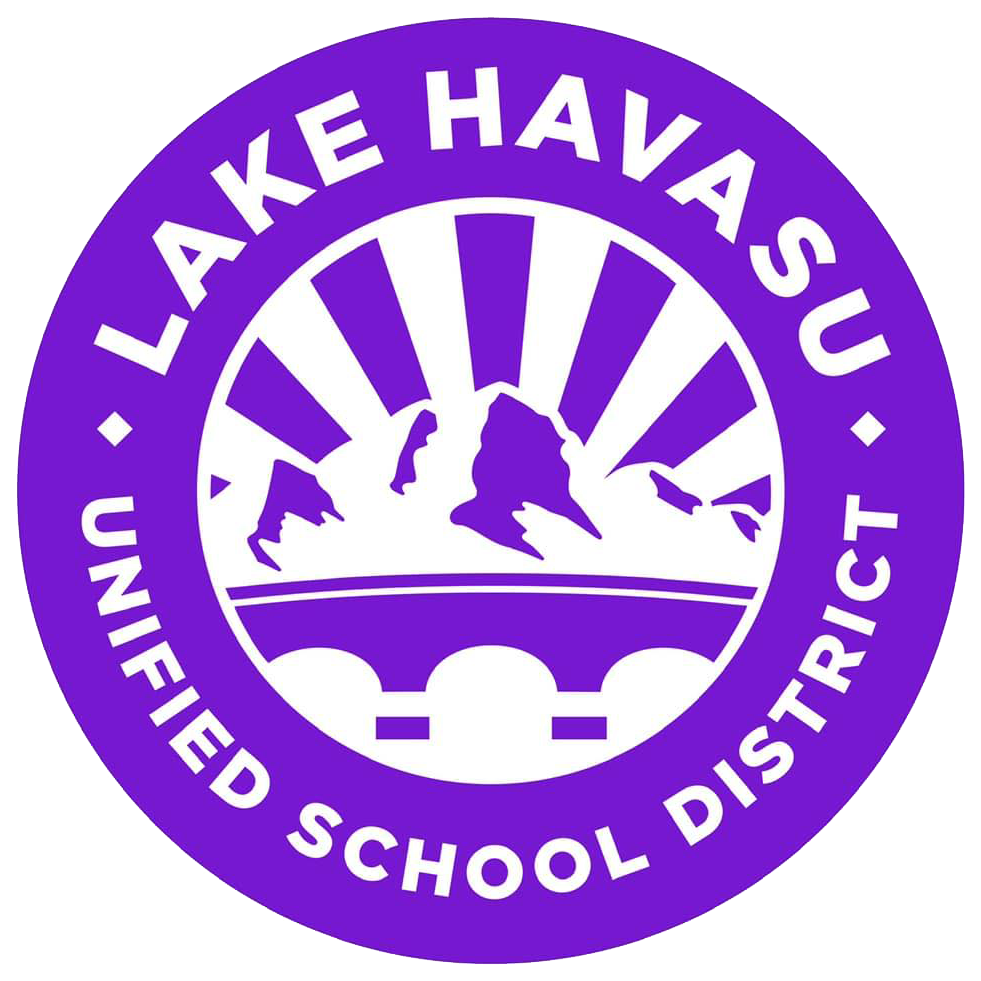Do I need Child Find services?
Child Find Decision Guide
The intent of Child Find is that all children from birth through age 21 with delays or disabilities are identified, located and evaluated to receive the supports and services they need. Below is a list of signs to look for (broken up into 3 categories), to possibly identify an individual that may need services provided by this school district and/or Arizona Early Intervention Program.
Birth - 3 Years
Physical 1: Find in gross developmental lag 2: Sensory difficulties;
Cognitive: developmental lag regarding thinking/solving skills;
Language/Communication Lag: Regarding skills in receiving information (receptive) and expressing information (expressive);
Social/Emotional: internal and external adaptation to environmental stimuli;
Self-help: adaptive development to complete basic needs.
3 - 5 Years
Thinking/Cognitive Skills
Unable to remember shapes, colors, or numbers
Not able to match objects or colors
Appears unaware of or unable to anticipate what comes next regarding a familiar event or daily routine
Difficulty with simple problem-solving
Physical/Motor Development
Unsteady gait and difficulty maintaining balance
Unable to climb
Muscles too hard, too soft or often twitching
Trouble doing activities such as play-dough, or puzzles
Vision
Prefers to be too far or too near to objects or tasks
Tips head to be able to see things
Frequently blinks
Tearing or red swollen eyes.
Hearing
Does not respond to sound or appears to tune out noise
Pulls on ears or has drainage from ears
Social/Emotional/Adaptive Behavior
Unable to adjust to new situations and people
Demanding and unable to be redirected
Exhibits many fears and prefers to play alone
Unable to do simple self-care tasks such as: drinking from a cup; eating with a spoon; caring for own toilet needs; washing hands and dressing self
Speech/Language Development
Unable to verbalize simple needs and wants
Unable to ask who, what, when, and where questions
Unable to follow simple two to three word directions
Unable to say or sing simple nursery rhymes and songs
Speech that is not understood by an unfamiliar listener
Kindergarten - 21 Years
Vision
Holds printed materials very close or very far away
Tilts head or squints when looking at print or distance objects
Unable to see at distances others can see
Unable to locate objects on a table
Rubs eyes, complains of headaches
Eyes red, asymmetrical dilation, or other physical differences
Hearing
Unable to hear sounds others hear
Does not respond to loud or voice range noises
Repeated hits self on side of the head
Complains of ringing, buzzing
Drops sounds out of words (doesn't pronounce s, c, etc.)
Speaks in a very loud voice
Communication
Does not pronounce words completely or correctly
Unable to repeat directions
Mistakes sounds: can not distinguish between pen and pin, get and got, ilk and elk
Uses whole sentences when could use one word
Uses only one or two words to communicate
Unable to follow multi-step directions
Unable to talk about actions or behaviors
Academics
Difficulty understanding key content
Extreme difficulty learning to read, write or do mathematics
Extreme difficulty understanding what is read or how to apply mathematics
Lack of memory for skills from day-to-day
Difficulty with abstract reasoning
Extreme difficulty with organizing self in time and space, understanding time
Lack of work completion
Social/Emotional Behavior
Inability to develop positive relationships with peers or adults
Aggressive behavior
Ritualistic or bizarre behaviors
Extreme sadness or anxiety
Extreme inattention/off-task behaviors
Lack of response to typical discipline
Physical Development
Difficulty holding a pencil, tying shoes, or doing puzzles
Difficulty catching a ball, throwing a ball, or kicking a ball
Difficulty standing up or sitting down
Difficulty with walking, running, skipping or hopping
Weakness in arms or legs
Unable to bend at any natural joint (elbow, knew, waist, etc.)
